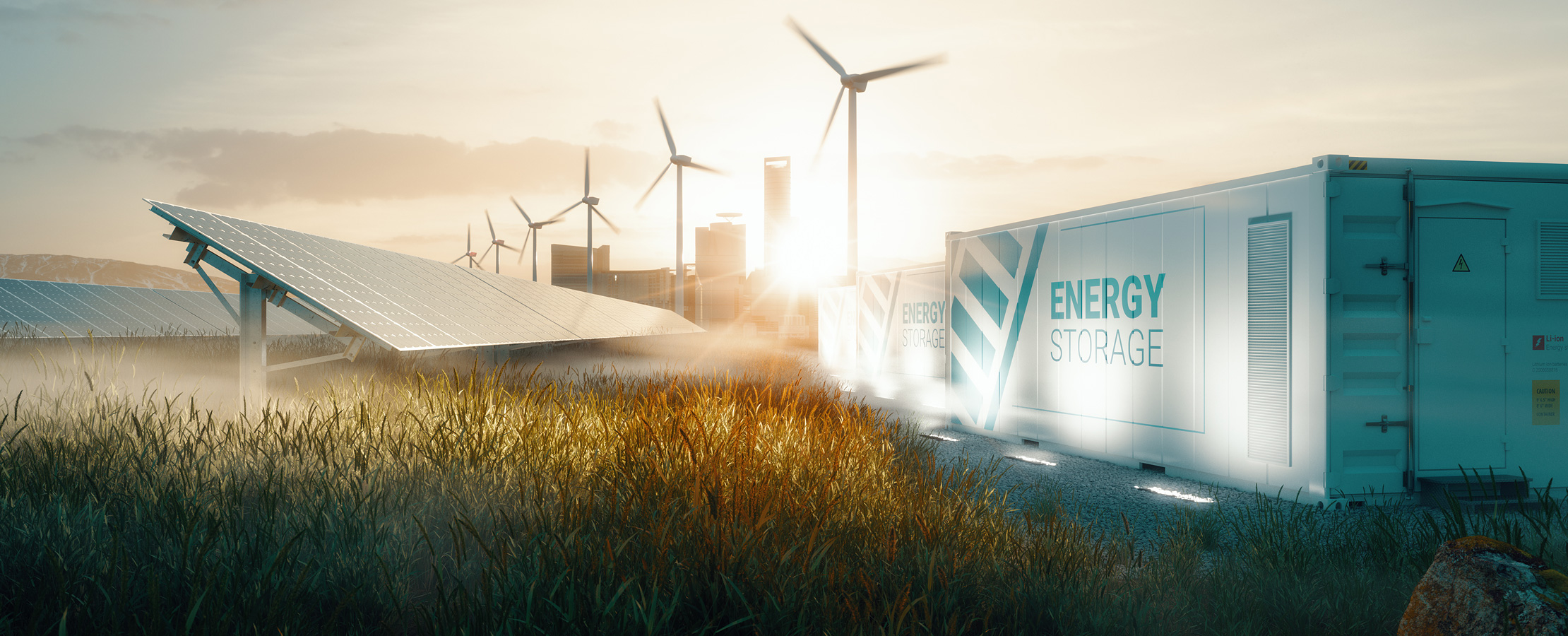IEF Supports Global Effort to Advance Clean Energy Investments
To realistically reach net-zero emissions by 2050, global governments must substantially increase investment in research and development to supercharge the creation of new energy solutions and scale them for worldwide deployment.
The International Energy Forum (IEF) supports a coordinated international commitment to substantially grow research and development into new solutions because climate goals will likely be met by technologies that haven't been commercially developed or deployed.
"What's necessary is a global movement to mobilise action to seek technological solutions – including solutions that have yet to be envisioned – that represent the audacity and urgency needed to address climate change," says Secretary General Joseph McMonigle. "The proverbial moon shot that has inspired other governmental and business efforts to prodigiously change mindsets and technical directions is needed here."
The challenge is that many of the technologies viewed today as potential game-changers haven't reached full maturity yet and aren't available at scale for commercial use. For example, there is limited familiarity with operating geological carbon storage options at scale or growing the use of water electrolysis that has been viewed as effective in bringing down hydrogen production costs.
Accelerating the development and deployment of innovative, scalable and efficient technologies to advance energy transformations is part of the G20's energy sustainability agenda and figured prominently at G20 meetings in 2020. Gathering in September in advance of the G20 Leaders' Summit, Energy Ministers said a holistic, integrated, inclusive and pragmatic approach to managing emissions can be applied reflecting a country's priorities and circumstances through the concept of the Circular Carbon Economy Platform (CCE). By enacting this approach, a range of options are available to address varying national circumstances while also meeting international goals.
Through robust investments in clean, cross-cutting energy technologies and by strengthening international collaboration, the IEF's member countries working cooperatively with other nations can achieve smooth and sustainable energy transitions.
The International Energy Agency (IEA) report, "Energy Technology Perspectives 2020," suggested that to reach net-zero emissions it will be necessary to develop new technologies and to further advance known clean energy solutions.
The IEA estimates that it will take an additional investment of $31 trillion in new technologies research to meet net zero carbon by 2070. IEA notes that nearly half of the technologies needed to progress toward the goal are only in demonstration or prototype phases today.
The report outlines four technology supply chains that are critical to decarbonisation, as well as energy efficiency and renewable solutions. These are technologies to electrify end-use sectors such as advanced batteries; carbon capture, utilization and storage (CCUS); hydrogen and hydrogen-related fuels; and bioenergy. Some half of the carbon savings could come from these innovations to meet IEA's Sustainable Development Scenario, the IEA's timeline to achieve net zero carbon by 2070.
Other reports have concluded that the current approach to climate change has been haphazard and inadequate, particularly in the United States. Certainly, wind and solar have contributed to climate change mitigation, but neither alternative energy resource is capable of "solving" the problem, as the IEA report suggests.
The International Technology & Innovation Foundation (ITIF) recommends that the United States alone triple its investment in new energy technologies over the next five years. The U.S. spends about $9 billion annually on energy innovation—short of its pledge under the 2015 Mission Innovation compact to boost research, design, and development (RD&D) funding to $12.8 billion by 2021.
"RD&D investments should be paired with policies to support the market deployment and export of clean energy technologies, so that innovative energy industries of the future sustain long-term prosperity and inclusive economic growth," noted the Information Technology & Innovation Foundation (ITIF) in its report, "Energizing America: A Roadmap to Launch a National Energy Innovation Mission."
During his campaign, U.S. President-elect Joe Biden proposed spending $2 trillion over four years on clean energy projects, which is far more ambitious than other plans that would have spent $1.7 trillion over 10 years. "We're not just going to tinker around the edges. We're going to make historic investments that will seize this moment in history," Biden said in July when unveiling the plan.
"The $2 trillion spending goal the Biden campaign set for energy transition is important because it is focused on infrastructure for the energy transition which is a critical and under addressed area to achieve these goals," said McMonigle. "I hope by focusing on infrastructure it can be an area for bipartisan cooperation in the U.S."
A recently released road map for the incoming administration from the Center on Global Energy Policy at Columbia University SIPA encouraged the new president to launch a National Energy Innovation Mission, much like the historic mission to the moon, to spark greater energy innovation. Currently, the U.S. spends about $9 billion on energy research. The proposal suggests earmarking $25 billion annually for research through 2025.
The benefits are numerous of all this clean-energy investment. Ventures financed by national governments into clean energy technologies could bring trillions in research and development spending into the marketplace. Because new technologies face barriers in the market, public funds will not only stimulate private investment, they will also stimulate the global economy.
A Breakthrough Energy analysis suggests that if the U.S. alone increased its annual energy RD&D investment to $35 billion, it would generate an additional $53 billion to the U.S. economy while also supporting more than 372,000 jobs. Estimates show that U.S. government R&D funding supported 1.6 million jobs and added almost $200 billion in value to the U.S. economy.
China has turned its own government investment in energy technologies into thriving marketplaces for wind and solar manufacturers. It continues to advance spending on new energy technologies. Today, China is responsible for a third of manufactured wind turbines; 70% of solar photovoltaics; and three-fourths of the world's manufacturing capacity for lithium-ion battery cells.






